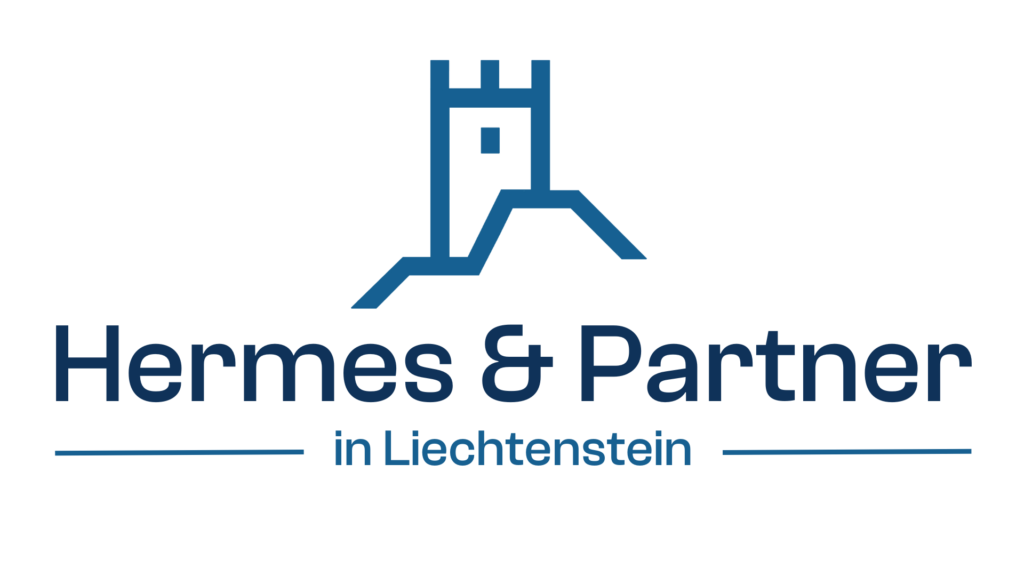The corporate foundation as a holding structure
Foundations have a long tradition in the Principality of Liechtenstein. They are not only suitable legal entities for the Preserving assets across generationsbut at the same time enable a continuous Asset growth through effective asset management.
The Liechtenstein foundation can also be Holding company in the form of a corporate foundation and thus proves to be the ideal legal framework for a Effective company succession planning. It helps, Minimize potential conflicts in the event of inheritance and contributes significantly to secure the company's continued existence in the long term. This combines economic stability with family continuity and creates a reliable basis from which future generations can continue to benefit.
It should be noted in advance that the Foundation purpose at the heart of a foundation, as it shapes its identity, essentially guides the actions of its bodies and determines their decisions.[1] This purpose can either non-profit or private be aligned.
The typical manifestation of the private-benefit foundation is the so-called pure family foundation. Another manifestation of this is the mixed family foundation. While in the case of a pure family foundation in accordance with Art. 552 §2 Para. 4 No. 1 of the Persons and Companies Act (PGR) [2] the foundation's assets are used exclusively to cover the costs of raising, educating, equipping or supporting members of one or more families and similar family matters, the mixed family foundation also pursues charitable or other private-benefit purposes in addition to these family purposes.[3]
The pursuit of further private-benefit purposes can lie in the preservation of the company that the foundation acts as a so-called corporate foundation. This refers to the legal connection between the company and the foundation, which can be structured in different ways.[4]
A key distinction must be made between the direct and indirect company foundation.[5] A direct corporate foundation is characterized by the fact that the foundation itself takes over the operational management of the company, which leads to a logical additional expense and the risk of double taxation of the foundation. However, its admissibility is restricted in accordance with Art. 552 § 1 Para. 2 PGR:[6] It is only permitted if the foundation pursues a charitable purpose. [7] As a result, its practical application is very limited, which is why it plays a rather subordinate role in practice.[8]
In contrast, a foundation is referred to as an indirect corporate foundation if it merely holds shares in a company without being operationally active itself.[9]
The areas of responsibility of this type of foundation can vary greatly: It ranges from a purely financial holding company that only manages company investments to a management holding company that also assumes the strategic management and group management function. [10] Nevertheless, a mixed mix of family and business interests over generations can harbor potential for conflict. Careful structuring and clear rules - within the framework of governance - help to ensure long-term stability and sustainable success.[11]
Liechtenstein foundation law provides the basis for a flexible and tailor-made connection between the company and the foundation. It enables personal ideas and specific requirements to be optimally implemented and at the same time ensures the continued existence of the company across generations. This opens up a wide range of structuring options for sustainable and individual company succession.
Sources:
[1] BuA 2008/13, 45f., Schauer, in Heiss/Lorenz/Schauer (eds.) liechtenstein Foundation Law (2022), Art. 552 §1 para.35.
[2] BuA 2008/13, 46; Gasser, Practical commentaryArt. 552 § 1 para. 24, 73; Schauer, in Heiss/Lorenz/Schauer, Liechtenstein foundation law, Art. 552 §1 para. 35.
[3] Butterstone, PSR 2024/03, 100 (102).
[1] Gasser, Praxiskommentar, Art. 552 § 1 para. 6, 63f.
[2]Persons and Companies Act (PGR) of January 20, 1926 LGBl No. 1926.004.
[3] Gasser, Praxiskommentar, Art. 552 § 2 para. 9a, 92f; Butterstone, PSR 2024/03, 100 (101).
[4] Jacob, The Liechtenstein Foundation, para. 119; Well-named, Prohibition of Self-Purpose Foundations in Austria and Liechtenstein (2015), 73.
[5] BuA 2008/13, 45f., Gasser, Praxiskommentar, Art. 552 § 1 para. 15, 68.
[6] Marxer & Partner, Liechtenstein Commercial Law, para. 9.14.
[7] BuA 2008/13, 42; Jacob, The Liechtenstein Foundation, para. 47; Shiver, in Heiss/Lorenz/Schauer, Liechtenstein Foundation Law, Art. 552 §1 para. 35.
[8] Butterstone, PSR 2024/03, 100 (101).


